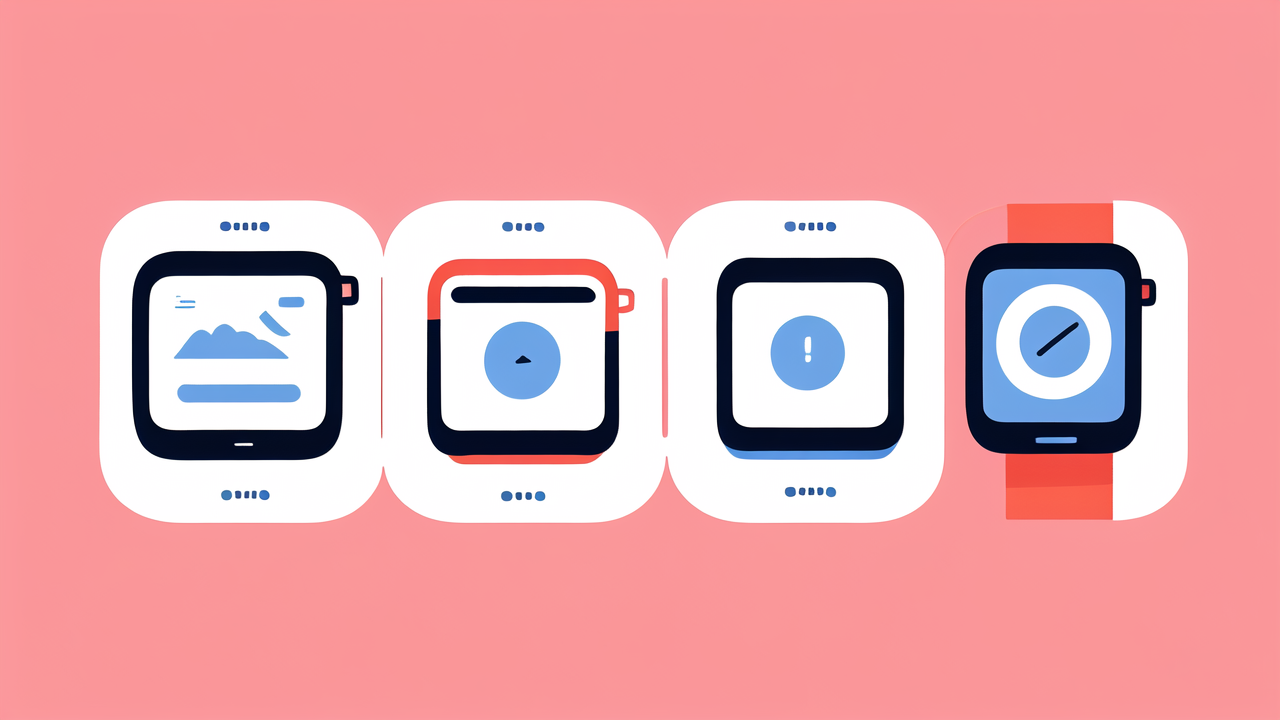The Rise of Wearable Fitness Technology in the United States
Understanding the Evolution of Wearable Tech
Wearable tech has come a long way in recent years. It started with simple step counters. Now, we have smart watches that do much more. These devices can track our heart rate, sleep, and even stress levels.

The first fitness trackers were basic. They only counted steps. But they sparked a revolution. People became more aware of their daily activity. This led to a demand for more advanced devices.
Today's wearables are like mini-computers on our wrists. They can measure various health metrics. Some can even detect falls or irregular heartbeats. This evolution has made wearables essential for many fitness enthusiasts.
The tech keeps improving. New sensors and AI make devices more accurate. They can now give personalized advice based on your data. This makes them valuable tools for improving health and fitness.
Impact on the Fitness and Wellness Industry
Wearable tech has changed how we approach fitness. Gyms now offer classes that use data from these devices. Personal trainers use them to track client progress. This has made workouts more efficient and tailored.
The wellness industry has also embraced wearables. Many companies now offer wellness programs. These often include fitness trackers. They use the data to encourage healthier habits among employees.
Insurance companies are taking notice too. Some offer lower rates to people who use wearables. They see it as a way to promote better health and reduce claims.
Wearables have made fitness more accessible. People can now track their progress without expensive equipment. This has led to a rise in at-home workouts and virtual fitness classes.
The impact goes beyond just tracking steps. Wearables now influence how we sleep, eat, and manage stress. They've become integral to many people's overall wellness routines.
Key Players in the Wearable Technology Market
Overview of Market Leaders
Apple leads the pack with its Apple Watch. It's not just a fitness tracker. It's a full-featured smartwatch with health monitoring. The device can track workouts, heart rate, and even take ECG readings.

Fitbit, now owned by Google, remains a strong player. They offer a range of devices. From basic trackers to advanced smartwatches, Fitbit has options for all users.
Garmin is popular among serious athletes. Their devices offer advanced metrics for running, cycling, and swimming. They're known for their accuracy and long battery life.
Samsung's Galaxy Watch series competes directly with Apple. These watches offer fitness tracking and smartwatch features. They work well with Android phones.
Whoop focuses on recovery and strain. It's popular among pro athletes. The device measures sleep, workouts, and overall body stress.
Innovations Driving the Wearable Tech Forward
AI and machine learning are big trends. These technologies make devices smarter. They can give more personalized advice based on your data.
Battery life is always improving. Newer devices can last days or even weeks on a single charge. This makes them more convenient for everyday use.
Water resistance is now standard. Many devices can be worn while swimming. This opens up new tracking options for water sports.
Some wearables now track blood oxygen levels. This feature gained importance during the COVID-19 pandemic. It can help detect respiratory issues early.
Stress tracking is a growing focus. Devices use heart rate variability to measure stress levels. They can then suggest relaxation techniques.
Sleep tracking is getting more advanced. Some devices can detect different sleep stages. They offer tips to improve sleep quality based on your patterns.
Strategic Approaches to Wearable Technology for Fitness Enthusiasts
Adopting Wearable Tech for Personalized Fitness Goals
Start by defining clear fitness goals. Do you want to lose weight? Build muscle? Improve endurance? Your goals will guide your choice of wearable.

Choose a device that tracks metrics relevant to your goals. If you're a runner, look for GPS and pace tracking. If you're into strength training, find a device that counts reps and sets.
Learn to use all features of your device. Many people only use basic functions. Explore advanced features to get the most value.
Set up personalized alerts. Use your device to remind you to move, drink water, or go to bed on time. These small nudges can make a big difference.
Connect your device to fitness apps. This can give you a more complete picture of your health. It can also provide motivation through challenges and social features.
Use the data to adjust your routine. If you're not seeing progress, your wearable data can help you understand why. Maybe you're not getting enough sleep or need to increase workout intensity.
Don't get obsessed with numbers. Use the data as a guide, not a strict rule. Listen to your body and adjust as needed.
Analyzing the Effectiveness of Wearable Technology in Fitness Programs
Wearables can greatly improve fitness program effectiveness. They provide objective data on your efforts and progress. This helps you and your trainer make informed decisions.
Consistency is key when using wearables. Wear your device regularly to get the most accurate picture of your health. This allows you to spot trends over time.
Compare your data to baseline measurements. This helps you see how much you've improved. It can be a great source of motivation.
Use wearable data to optimize your workouts. If your heart rate isn't reaching the target zone, you might need to increase intensity. If recovery is slow, you might need more rest.
Look for patterns in your data. Maybe you sleep better on days you exercise. Or perhaps certain foods affect your performance. These insights can help you make better choices.
Be cautious of overtraining. Wearables can help detect signs of fatigue or stress. Use this information to avoid injury and burnout.
Remember that wearables are tools, not solutions. They can guide you, but the real work comes from your effort and consistency. Use them to support your fitness journey, not define it.




Leave a comment
This site is protected by hCaptcha and the hCaptcha Privacy Policy and Terms of Service apply.